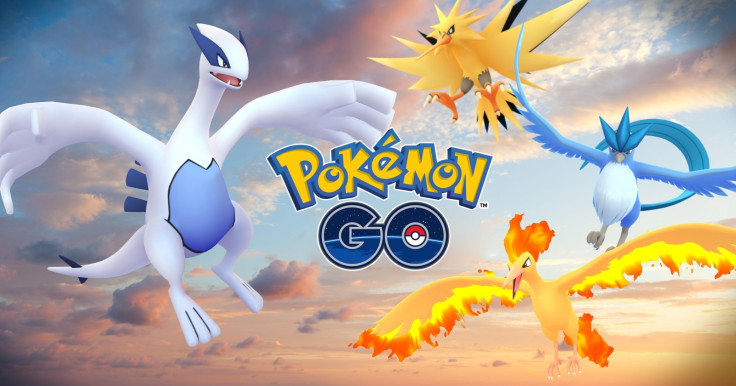Pokemon Go is still flawed, but with legendary raids it finally lived up to its early promise
Hunting for Lugia and Articuno on the busy streets of London revealed Pokémon Go at its best.
When Pokémon Go took the world by storm last year, millions of users with fond memories of the original GameBoy games wondered when players would get the chance to challenge and catch a legendary Pokémon.
Legendaries like Mewtwo, Articuno, Moltres and Zapdos are powerful, rare Pokémon that, in the traditional Pokémon games at least, players get just one opportunity to catch. This past weekend, the first of them were introduced to Pokémon Go.
The release of Articuno and second generation legendary Lugia, was the result of a global call to arms challenging players with catching Pokémon in vast quantities to unlock special bonuses and the rare beasts themselves.
The focal point was a ticketed event in Chicago called Pokémon Go Fest held on Saturday, 22 July. It did not go well.
Technical problems with the game and local mobile networks prevented a great many paying punters from playing Go, with awkward results.
A lot of players did eventually got to play and developer Niantic made up for the disastrous problems as best they could, but the day was undoubtedly a mess.
It was a shambles that encapsulates everything about the game during its first year. There was a fun, unique experience to be had , but bugs and technical hiccups made playing the game more annoying than it ever should have been.
Pokémon Go is far from perfect. Its battles are monotonous screen-tapping slogs, its Gym system was deeply flawed until a recent overhaul and rural areas have been severely shortchanged, but still millions of people played, wanting to catch them all.
The success of the augmented reality mobile game can be traced back to its spectacular announcement trailer (embedded below) which pitched a game that would take players out into the open world to hunt Pokémon and let them team up to take down the most powerful of them.
Last summer the first half of that promise was realised. Players could be seen gathering around the world as millions upon millions took up the series' perpetual challenge to catch 'em all. It was only recently, with the introduction of Raids, that Niantic realised the second half of its pitch.
Raids allow up to 20 players to team up and battle powerful Pokémon together. Conquer it, and players are granted a chance to catch the Pokémon with a limited supply for Pokéballs.
Since last Sunday, players around the world have been able to challenge and potentially capture legendary Pokémon Articuno and Lugia, with Moltres and Zapdos to be added over the coming weeks.
Living in a big city helped people gather to take down and capture these powerful beasts, and as they did so, the game's full potential was finally released
On Sunday I walked the streets of London with my flatmate to find these Raids. Starting on South Bank we walked to Trafalgar Square, Piccadilly Circus, Hyde Park and finally Buckingham Palace (before my phone's battery was drained), finding large crowds at every single Raid.
There was excitement in these groups, a camaraderie between players as they pursued a common purpose. Felling the Pokémon (generally possible with a group of 12-15) was fairly easily, but then came the nerve-shredding capture phase.
Players let out cries of anguish, growls of frustration and a lucky few leapt about in bouts of proper fist-pumping celebration. It's probably not what the punters going into Fortnum & Mason were expecting to see.
Pokémon Go's first trailer pitched an idea that appealed to many, but few thought would ever come to fruition. It took a year after the game's release to get there, but this past week I enjoyed the unique, communal multiplayer experience Go promised. It won't be a gaming experience I'll forget in a hurry, even it took four days and three attempts to finally catch a bloody Lugia.

© Copyright IBTimes 2025. All rights reserved.






















